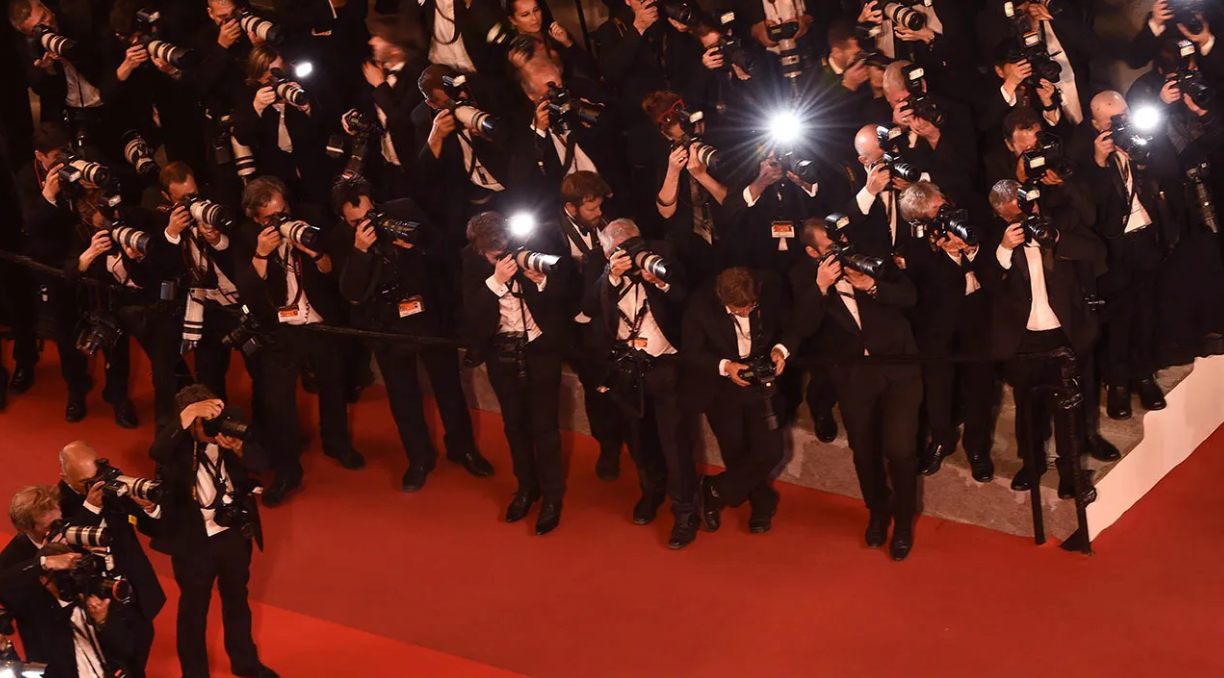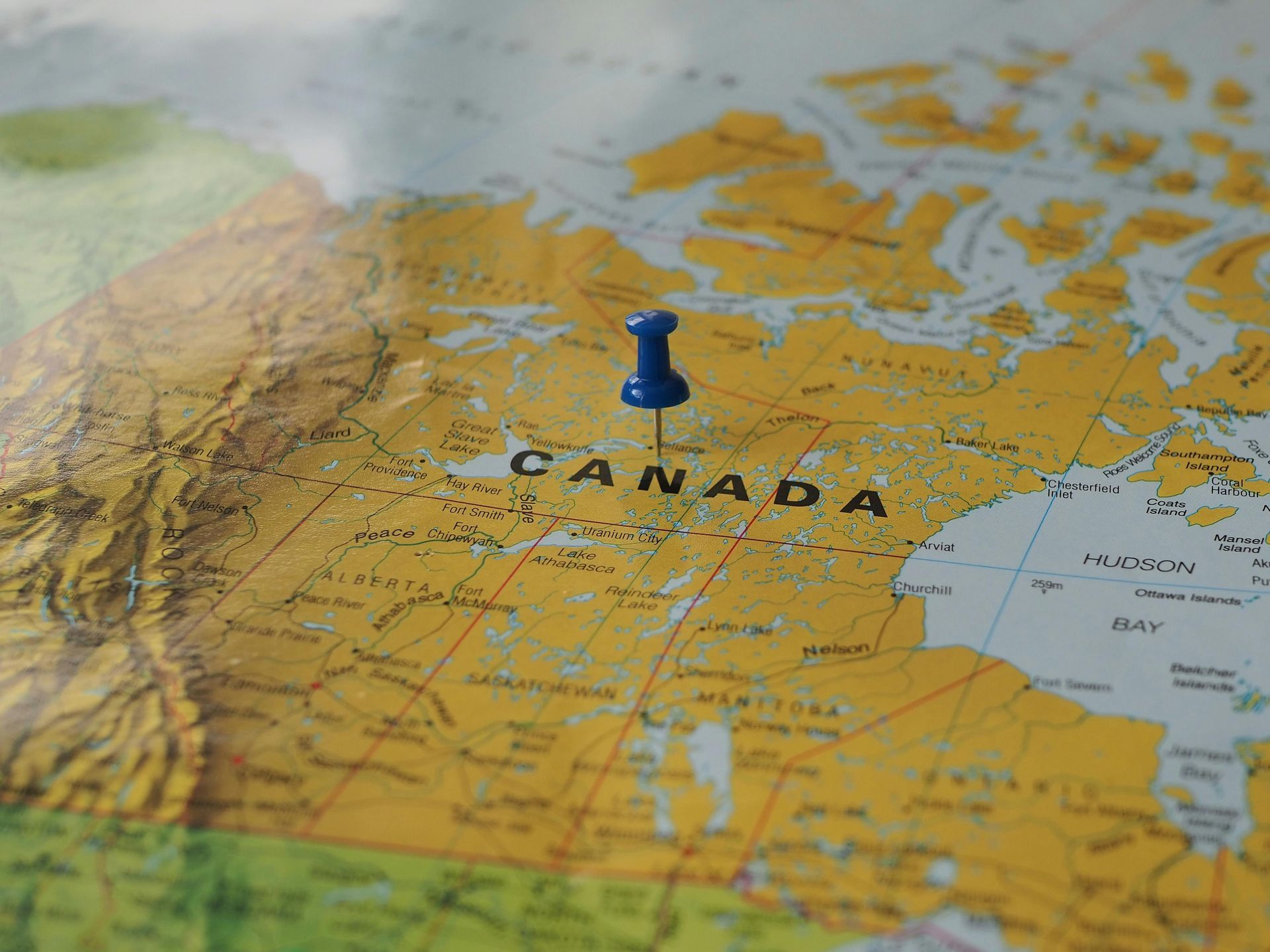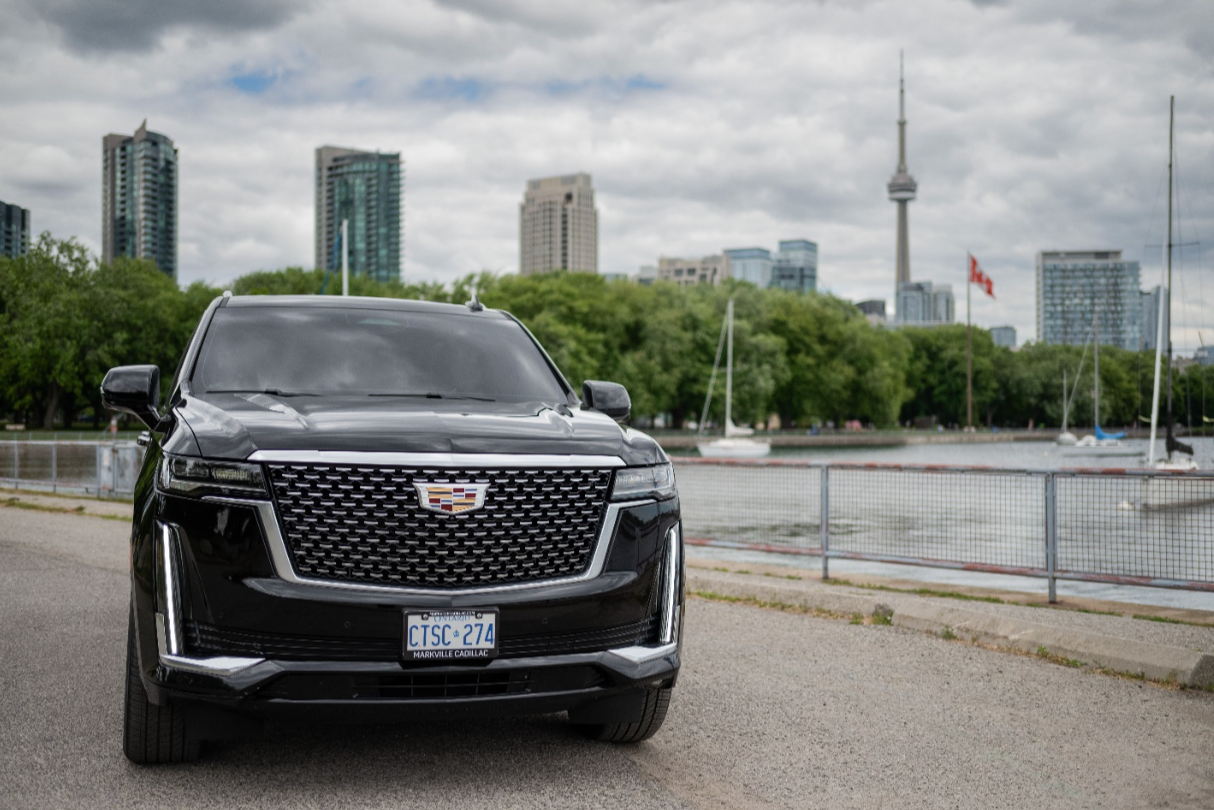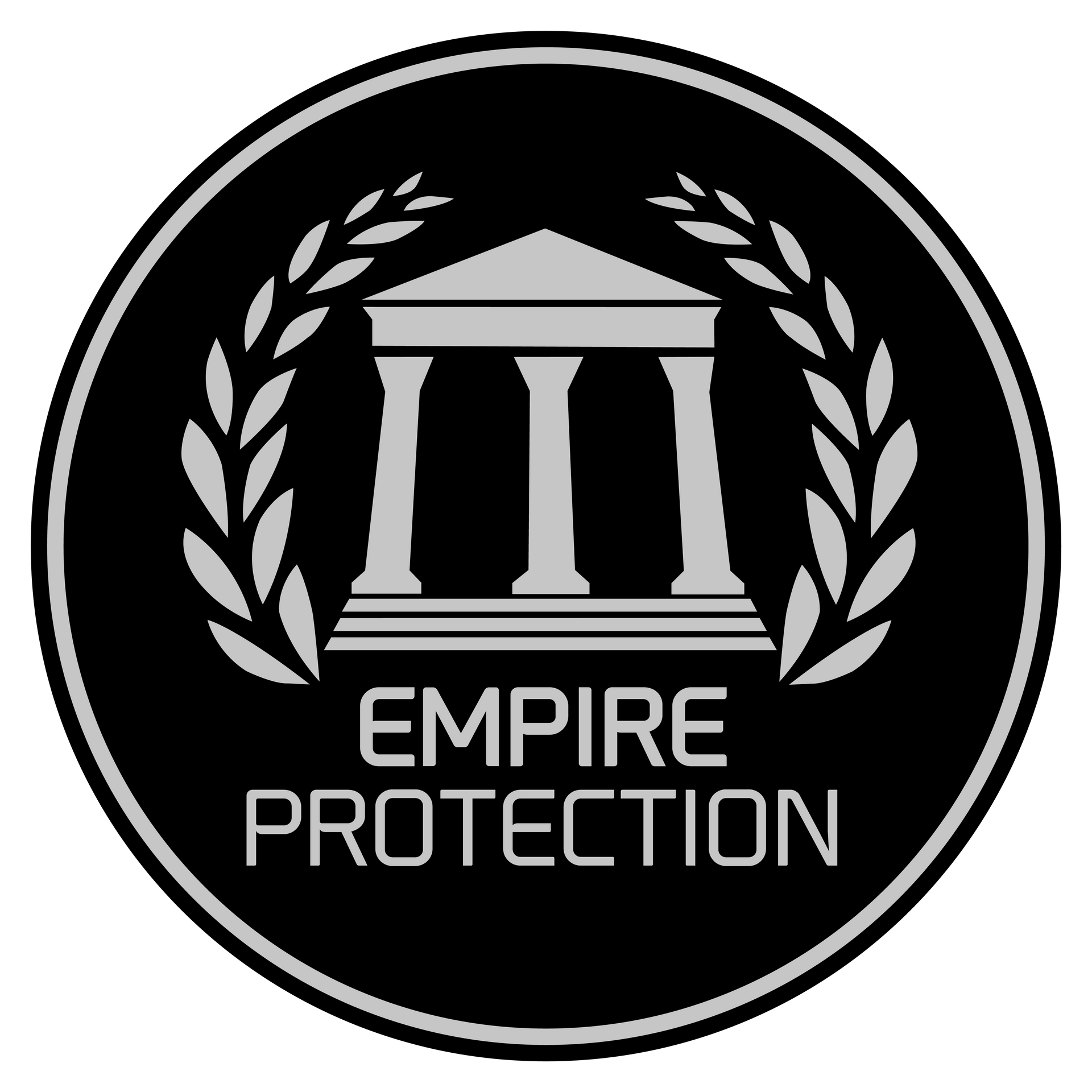Executive Protection Strategies for High-Profile Events
As the summer comes to a close, Toronto becomes the global stage for one of the most celebrated cultural gatherings in the world – the Toronto International Film Festival (TIFF). For eleven days, the city’s streets and venues welcome celebrities, executives, and fans from around the world. While TIFF is the hallmark of the film industry, it also presents unique and complex security challenges.
For firms specializing in executive protection, event security, and risk management, high-profile events like TIFF require more than bodyguards at the door. They require advanced planning, seamless coordination, and enhanced focus on client safety and privacy.
Threat, Vulnerability, and Risk Assessment (TVRA)
Every protective detail begins with a Threat, Vulnerability, and Risk Assessment process that ensures clients are protected against both predictable and unexpected threats. This starts with a deep understanding of the client’s risk profile and the unique characteristics of each venue. It is followed by a layered assessment that blends threat intelligence, physical security, and real-time threat monitoring.
Risk Profile
A client’s risk profile is an assessment of their personal, professional, and environmental risk factors that shapes how security measures are designed and implemented. It considers factors such as public visibility, travel habits, digital footprint, professional role(s) and affiliations, lifestyle patterns and environmental conditions. Understanding if your client is low, medium, or high visibility will determine the baseline threat level. For some clients the focus may be on managing certain media outlets, while for others it is looking out for activists and protestors. By assessing these factors, we can tailor our risk management strategies to address the unique needs of each client.
Intelligence Led and Threat Informed
Threat intelligence is about anticipating potential risks before they impact our client. At high profile events, clients can face both general threats such as crowds, opportunistic crime and protests and specific threats tied to the client’s risk profile, such as a stalker or an obsessive fan. General threats can be anticipated by staying alert to what’s happening in and around the events your client is set to attend. While specific threats should be closely monitored by speaking with the publicist and identifying any known persons that may pose a threat. By combining intelligence with physical protection, you can stay ahead of potential risks and ensure a safe and seamless experience for your client.
Digital Advance
Planning often begins online. Routes are mapped, entry and exit points identified, and contingencies built in, such as locating nearby hospitals, police stations, and safe houses. At major events, road closures, construction, and heavy traffic can throw plans off track quickly, so flexibility and real-time updates are essential.
Physical Assessment
Walking through each venue in advance allows agents to confirm layouts, emergency exits, safe rooms, and staging areas. Just as important is building rapport with the security director or staff at each location. A good relationship can turn into invaluable support during the event itself. Having a plan on paper is one thing; seeing it on the ground and aligning with the venue’s reality is what makes an operation seamless.

Coordinating with the Venue & Public Safety Partners
Close protection agents often find themselves walking into venues where they don’t control the existing security structure. When you establish a friendly and professional connection, the benefits can directly impress your client.
Venue, Security & Event Staff
Working with the venue is about influence, not control. Creating an open line of communication ensures that even if you can’t dictate the environment, you can shape it in ways that matter most to your client. It’s important to remember this is their house, and we are guests. Respecting their rules, understanding their priorities, and treating their team (security, valet, venue staff) as partners is what builds trust. Venue staff include security, front desk, and valet. They know the venue better than anyone and can be especially helpful securing a green room, arranging special access routes, or assisting with last-minute requests.
Event staff, ushers and greeters are often the first line of defense. They will be able to spot things and people that seem out of place, while you focus on your client. Incorporating venue and event staff in your walkthroughs and operational briefings will make them feel important and valuable to the success of your operation. Over time, these relationships become invaluable, creating smoother operations year after year.
Law Enforcement Partnerships
Cooperation with local police adds an extra layer of safety and awareness. Whether it’s having advance knowledge of demonstrations, traffic updates, or added presence during high-profile appearances, law enforcement partnerships extend the protective bubble. Having these relationships in place will allow you to be ahead in case of a major incident or attack in the area. The client may never see the hours of coordination or the relationships you’ve built behind the scenes, but they’ll feel the benefits when everything runs effortlessly.

Managing Client Privacy in a Media-Dense Environment
Red carpets, interviews, and fan interactions are high-visibility moments for clients and high-pressure moments for protection teams. Our job is to provide safety without overshadowing the client.
Balancing Presence and Discretion
A celebrity client’s reputation and public image are paramount. Agents must remain close enough to respond but discreet enough not to block interviews, fan interactions, or media shots. The right balance between presence and discretion separates bodyguards from trained close protection professionals.
Working with the Media
Paparazzi and reporters are seasoned professionals. Their persistence in capturing the “perfect shot” should never be underestimated. For close protection agents, this means knowing the legal boundaries of photography in public spaces while also navigating the reality that an unflattering or compromising image can spread instantly. Building respectful working relationships with the media can make encounters smoother, but at the end of the day, the client’s privacy comes first.
Post-Event Protocols and Professional Standards
The work doesn’t end when the event is over. Ensuring the client reaches their next destination safely is just as important as the secure arrival. These transitions from the hotel to the airport are often when clients are most vulnerable, and attention to detail makes all the difference.
Equally important is maintaining discretion. Posting photos with clients or sharing personal details may feel harmless in the moment, but it quickly erodes trust. In this industry, professionalism is defined by being reliable and discreet.
Finally, asking for feedback after a detail is one of the best ways to grow. Whether it’s from the client’s representative or directly from the client, honest evaluations highlight what went well and what can be improved. Each assignment is an opportunity to refine your skills and strengthen future protective operations.
Conclusion
High-profile events demand more than just presence; they require foresight, coordination, and professionalism. The Toronto International Film Festival is not only a celebration of cinema, but also one of Canada’s most prominent international events. With global media attention, celebrities and thousands of fans, TIFF is a clear example of why strategic security planning matters.
At Empire Protection, we combine intelligence-led planning with real-world experience to create secure environments where clients can focus on what they do best. Our mission is simple: to keep clients safe while enabling them to succeed




